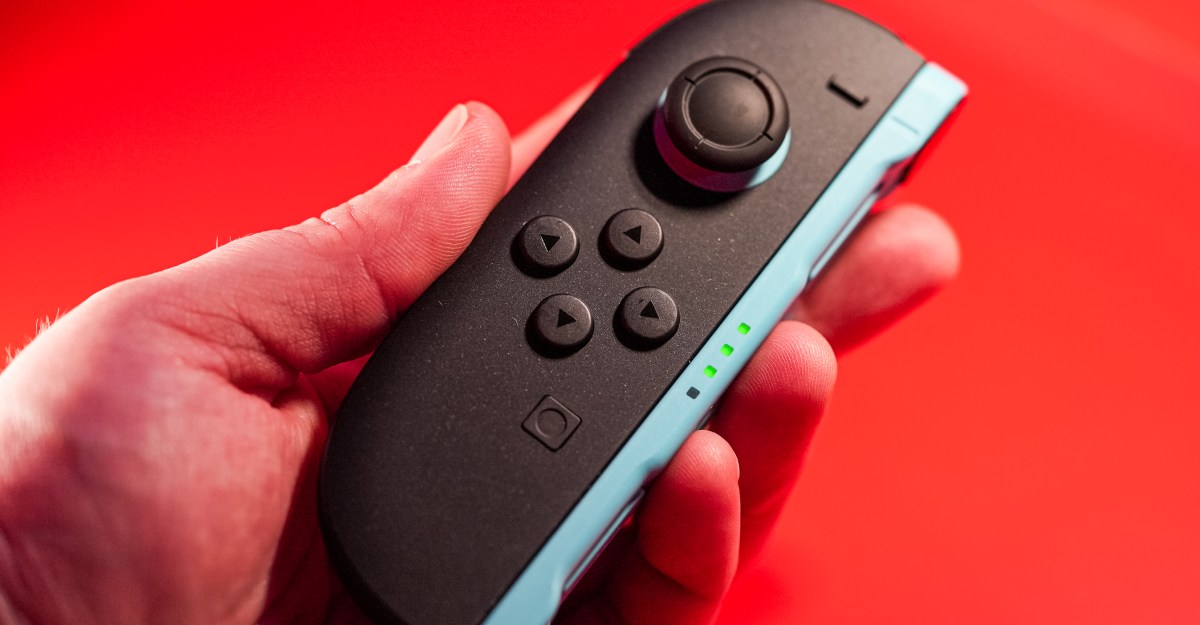Drift Dilemma: Nintendo's Switch 2 Skips Hall Effect Joysticks, Gamers Left Wondering Why

As Nintendo prepares to launch its next-generation gaming console, a lingering concern from the previous Switch model continues to hover in the background: the notorious joystick drift issue. While early details about the Switch 2 remain tantalizingly scarce, gamers and tech enthusiasts are eagerly wondering whether Nintendo has addressed this persistent hardware problem.
The original Nintendo Switch suffered widespread reports of Joy-Con drift, where controllers would register movement even when players weren't touching them. This frustrating defect led to numerous customer complaints and even class-action lawsuits against Nintendo. The gaming community is now watching closely to see if the upcoming Switch 2 will feature improved analog stick technology that eliminates or significantly reduces this troublesome phenomenon.
Nintendo has remained relatively tight-lipped about the specifics of joystick performance in their next-generation console. However, the company's history of learning from past hardware challenges suggests they may have developed innovative solutions to prevent drift in the new system. Gamers remain cautiously optimistic that the Switch 2 will offer a more reliable controller experience.
As anticipation builds, only time will tell whether the Switch 2 will finally put the joystick drift controversy to rest. Tech enthusiasts and Nintendo fans alike are eagerly awaiting more concrete information about this highly anticipated gaming system.
